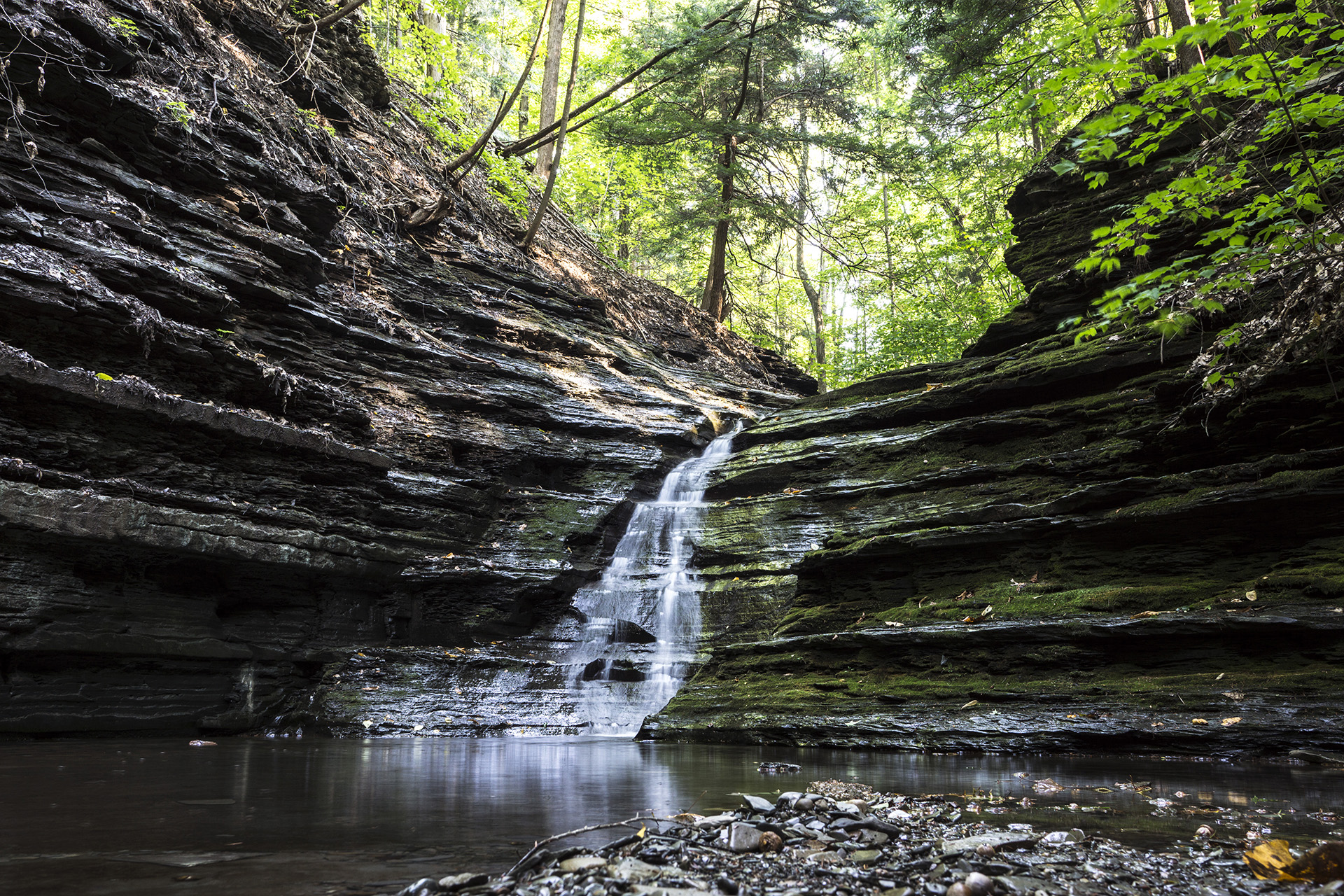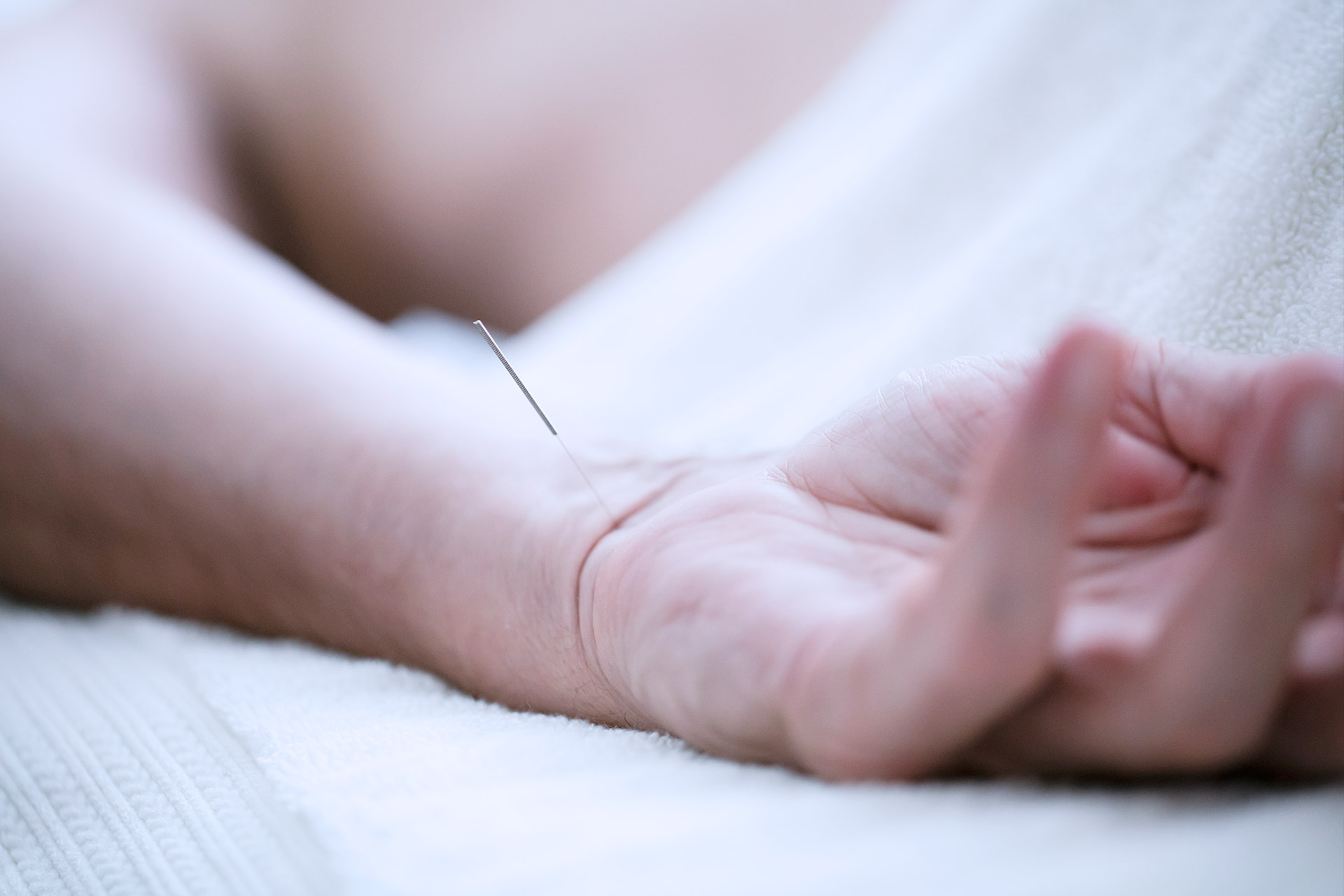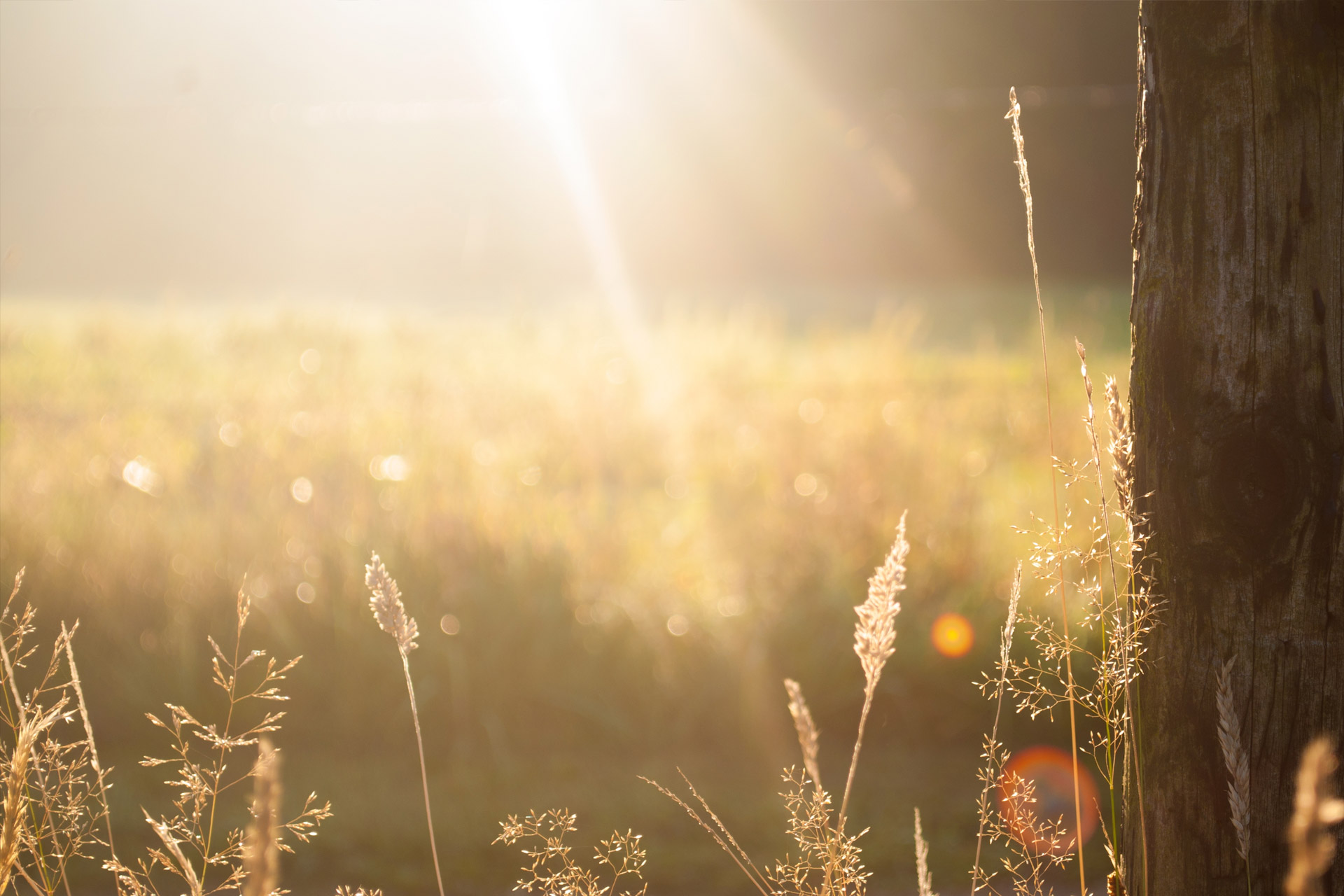
Acupuncture Treatment of Pain: Working with “Weather” Within the Body
”Do not fail to learn from the pure voice of an ever-flowing mountain stream splashing over the rocks…study the teachings of the pine trees, the bamboo, and the plum blossom. The pine is evergreen, firmly rooted, and vulnerable. The bamboo is strong, resilient, unbreakable. The plum blossom is hardy, fragrant, and elegant.”
“The Art of Peace” by Morihei Ueshiba
The climatic images of “wind,” “cold,” “damp” (rain), and “heat” are central to Chinese Medical language. Chinese Medicine, as a system, was created during an agricultural time, where the community was very close to nature. The ancient Daoists (as influenced by the School of Naturalism) looked to the laws of nature for clues into the mysteries of human life, death, health and disease. Classical Chinese Medicine, as developed during the Han Dynasty (206 BC- 220 AD), was largely based on Daoist ways of seeing the world.
The ancient Chinese Medical classic “Nei Jing,” teaches that any extreme in life will bring about disease. As in nature, when any of the five elements become extreme, they can overpower the others and bring about “storms.” A tornado is an extreme manifestation of wind; a flood is extreme water, a drought comes from extreme heat, a freeze from extreme cold. Ancient Chinese medical masters observed similar occurrences within the human body. Therefore, all pathology within Chinese Medicine is classified as climatic metaphors.
Pain, for example, is clinically differenciated as being a “cold,” “heat,” “damp,” or “wind” condition. They each have specific characteristics and tendencies. A “wind” condition affecting the muscles will tend to radiate and move around. Conditions affecting the nerves are often under the classification of “wind” diseases: shooting pains that travel from one area to another.
“Cold” pain is often fixed and very painful, causing constriction and craving heat. “Damp” pain has a heaviness to it, as if there is a heavy weight. It can be more dull than “cold” pain, as the dampness has a less constrictive nature, and more of a heavy quality to it. Both cold and damp can cause numbness, restricting blood flow to an area.
“Heat” obviously has a burning sensation. It can also consume the tissues of the body, including the flesh causing wasting and degeneration of bone, nerve and skin.
The nature of a condition can also be assessed through visualization. The complexion of the skin (or affected area) will communicate the nature of the pathology. “Heat” conditions are red and swollen; “cold” are pale and tight; “damp” can be swollen and soft – and cold or hot, depending on other factors attached to the dampness.
These may seem like very simplistic methods of diagnosis; however the Daoists teach that simplicity is often the best way to approach a problem. Nature is simple, and to the Daoist, nature is perfect. It has its own order, and it is self-regulating. The body is part of nature: so why shouldn’t it also be subject to its laws?
The opening quote, from Ueshiba, speaks of nature as the best teacher. Pain can be a great indicator about the climatic forces within our own bodies. Once we understand what we are dealing with, through looking to nature we can find ways to resolve our afflictions. The way the tree deals with wind; the way the stream deals with a flood or a freeze provide great insight to dealing with our own human problems.
Treatment of “weather” challenging our bodies is achieved through our own “internal wind-like qi-energy.” “Qi” is the Chinese word for the vital energy force that allows our bodies to function. It is the force that allows the heart to beat and the lungs to inhale. There are different types of qi in the body. The type of qi that contends with weather is called “wei qi,” often translated as “defensive qi.” It moves in the body like wind. It has a circular movement, like a tornado. Wei qi can be seen as the physiological “wind” and “heat” within our bodies that protect us.
Wei qi is activated to release the intruding weather through the process of sweat and urination. Treatment with acupuncture helps to support the wei qi in its natural function. A western translation of this process is supporting the immune system to expel a viral, bacteria or fungal agent from the body. Wei qi doesn’t kill the agent, it just releases it from the body. Much like the marital art practice of Aikido, which does not attack directly; instead it blocks intruders and gently throws them down, subduing them. I’ve often seen 70 year old female Aikido practicioners throw down 30 year old men, often with a smile on their face, hardly breaking a sweat. Wei qi, when it is working at its best, is much like this.
Acupuncture treatment often mimicks the nature of the offending weather. Cold, by its constrictive nature can bind up and block wei qi movement. Therapeutically, heat is often added to an acupuncture treatment to scatter the cold and free up the wei qi. Damp can gum up the wei qi (which manifests often through the body fluids). Treatment of damp also involves heat to dry up the wetness. Heat can cause excessive movement of the blood, and drying up of the fluids. Often a drop of blood will be exuded from the acupuncture point after insertion, to release the heat. Or points on the head and neck are needled to help “vent” the heat out of the highest points of the body, where heat rises to.
Acupuncture treatment of pain is very effective, and subtly profound. It utilizes the ancient Eastern scientific method, which was that of observation of natural phenomenon. Nature within the body was observed and classified to uncover the laws and tendencies of human physiology. Diagnosis and treatment is based on the energetic laws of nature: temperature, weather and the Five Elements. Daoism aims to discover the “primordial qi:” the energy force that is the root of all phenomenon. Through working with “qi,” one can work with the force that maintains and restores life. Preservation of health and vitality is very important to Daoist medicine. Distress symptoms, such as pain are indicators that the body’s “qi” is compromised. Acupuncture restores the vitality and proper direction to the qi, so the body can heal itself. It is perhaps the most “natural,” organic treatment modality of all.




No Comments